Expert Advice: Brenda Torres-Figueroa
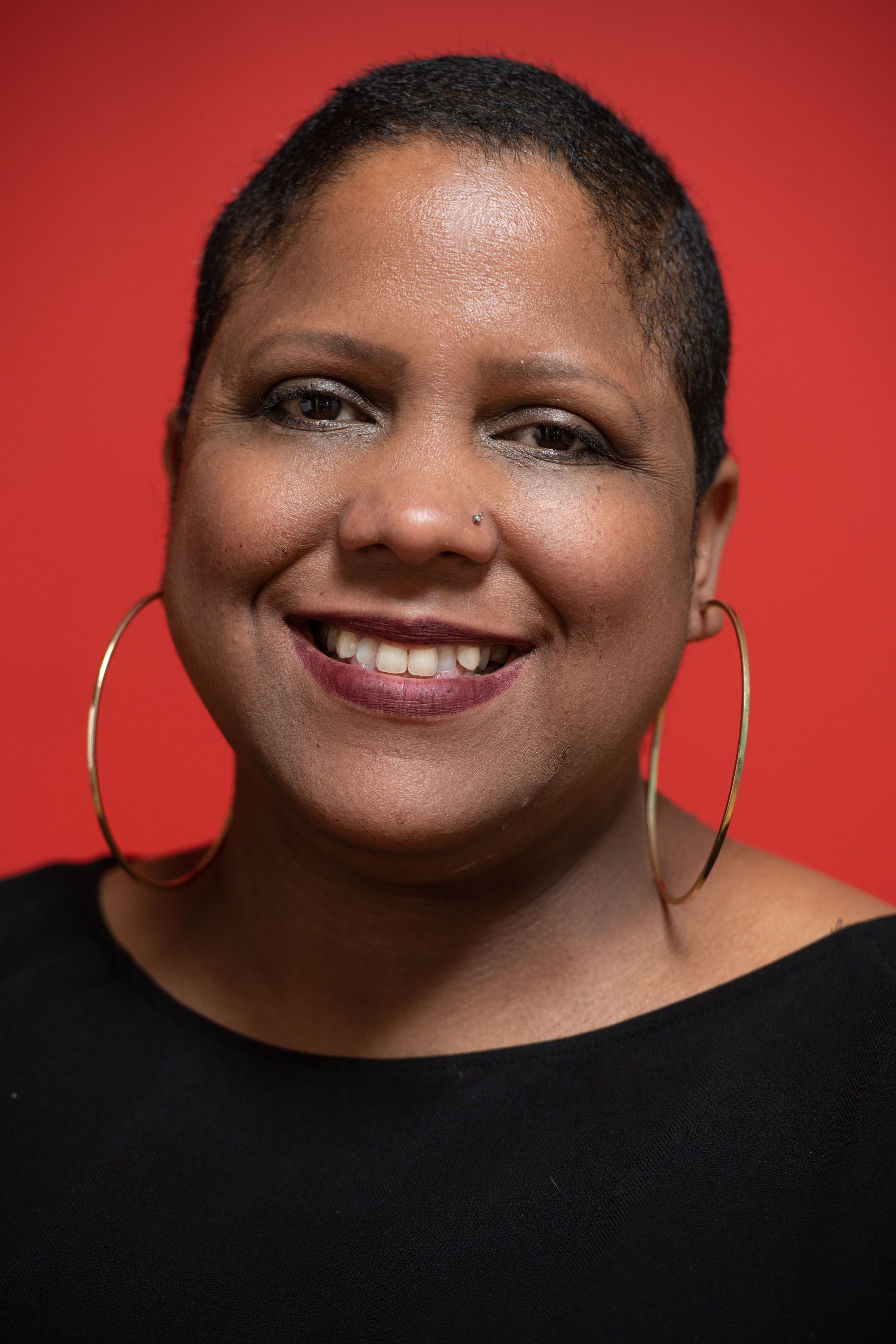
by Peyton Sauer (BFA 2022)
Brenda Torres-Figueroa (MFA 2004) is a connector.
As a curator, artist, and director of educational programming at Segundo Ruiz Belvis Cultural Center, Torres-Figueroa utilizes her many roles to inspire social change and foster relationships between young artists, their identities, and their work.
After receiving a fine arts degree from the University of Puerto Rico, Rio Piedras, and encouragement from her mentor Arnaldo Roche-Rabell (MFA 1984), Torres-Figueroa pursued her master of fine arts at the School of the Art Institute of Chicago (SAIC) where she primarily studied performance art. Since graduating, Torres-Figueroa has dedicated her time to curating at museums like the National Museum of Puerto Rican Arts and Culture, educating Chicago’s youth at Chicago High School for the Arts and Dr. Pedro Albizu Campos High School, and exhibiting projects such as Dressed as Home and Refuge while simultaneously raising her two daughters. We spoke with her about her experience as an interdisciplinary creator.
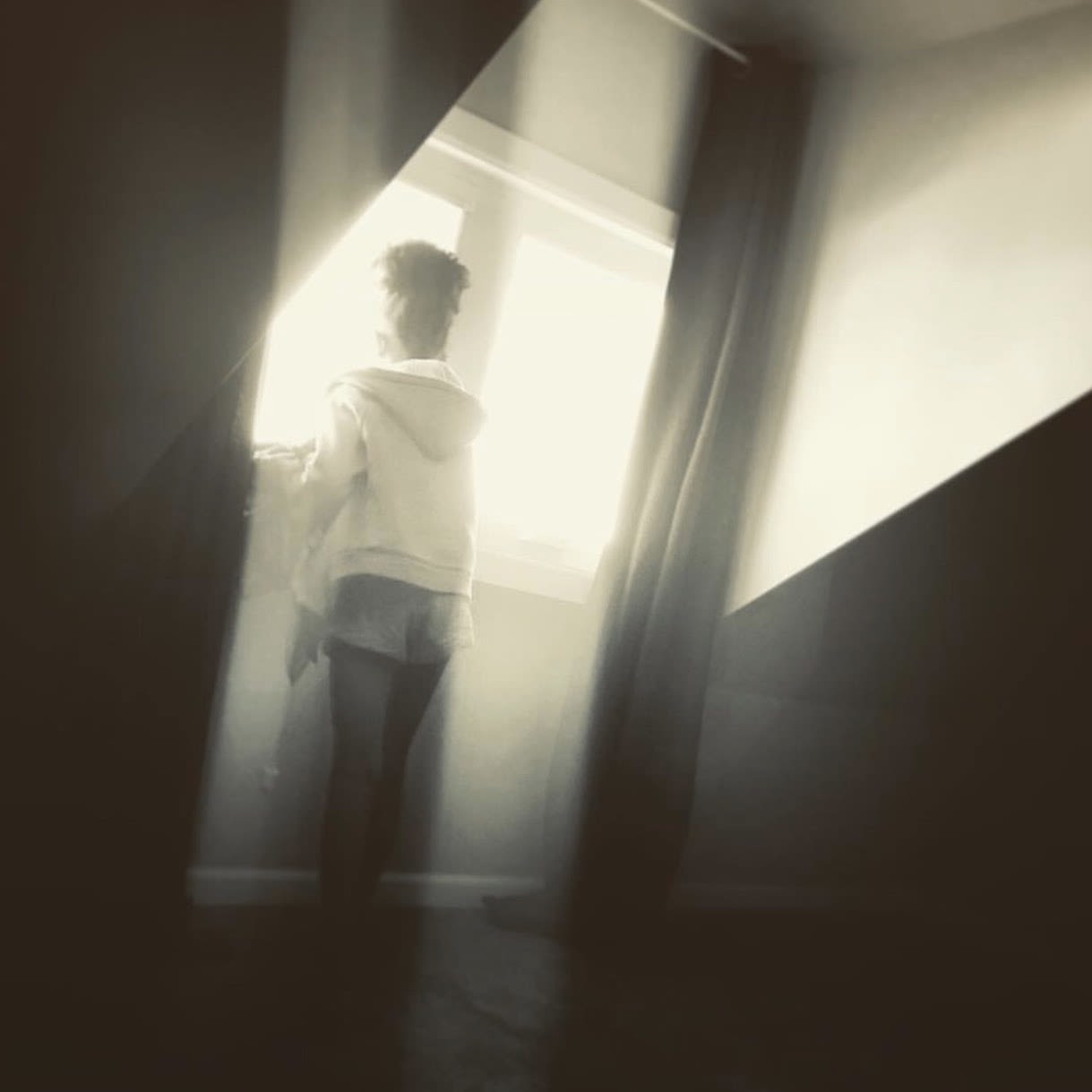
Brenda Torres-Figueroa, Del verbo ser. To become. Image courtesy of the artist
Brenda Torres-Figueroa, Del verbo ser. To become. Image courtesy of the artist
How did your experience at SAIC inform your career path?
I've always been interested in creating, developing, and presenting immersive experiences with both my artwork and the process of making art accessible. SAIC provided an incredible foundation for the development of my interdisciplinary arts education and curatorial practice. That foundation deeply challenged my notions of how we study art history, theory, and production as a nonlinear but interconnected map.
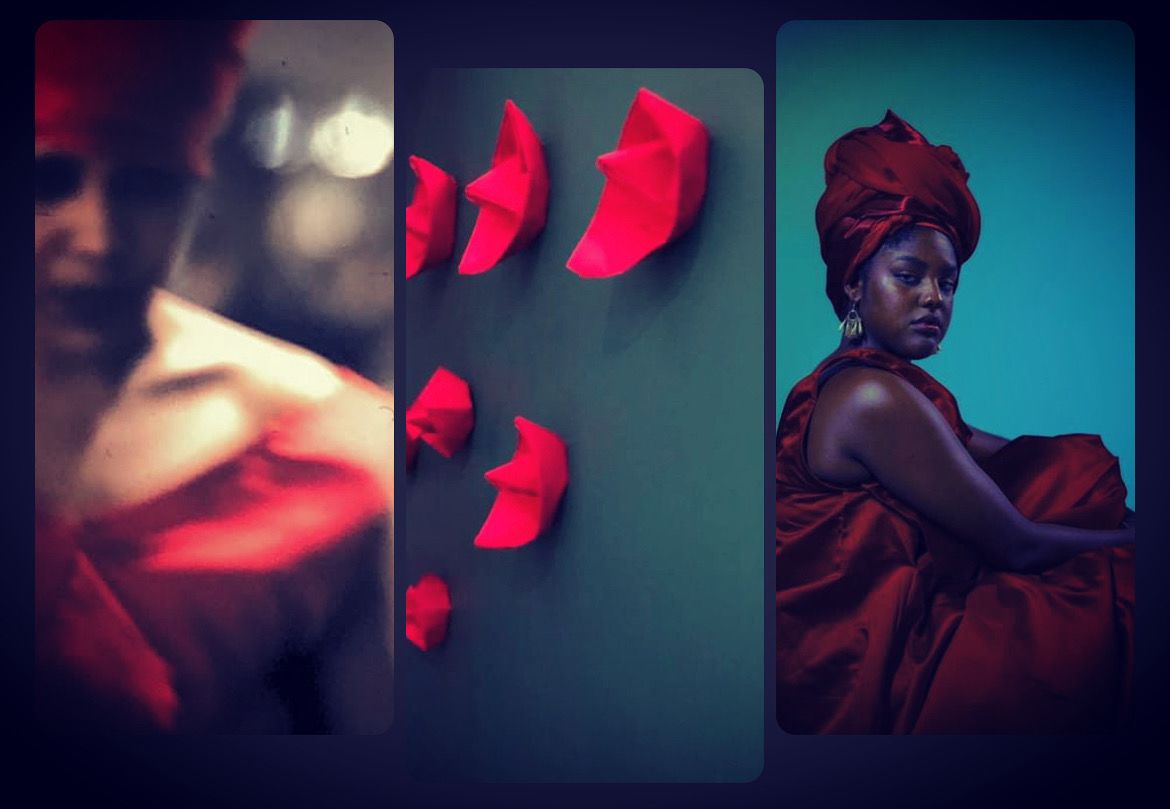
Brenda Torres-Figueroa, An ocean without red Boats: 2001–21. Image courtesy of the artist
Brenda Torres-Figueroa, An ocean without red Boats: 2001–21. Image courtesy of the artist
How has your practice evolved over the course of your career?
For years, my work coexisted in the same sketchbooks with my grandmother's recipes and my mother’s care package tracking numbers. [I] found incredible joy in repurposing predominantly domestic objects and artifacts that carried so many stories of my life. My immersion in performance art was both conceptual and practical. This marked my transition to Chicago, leaving the island with a strong interest in time-based art, installations, and media work that I could literally fit in a suitcase. Once at SAIC, understanding multiple mediums ignited a deep interest in collaborative practices.
“I've always been interested in creating, developing, and presenting immersive experiences with both my artwork and the process of making art accessible.”
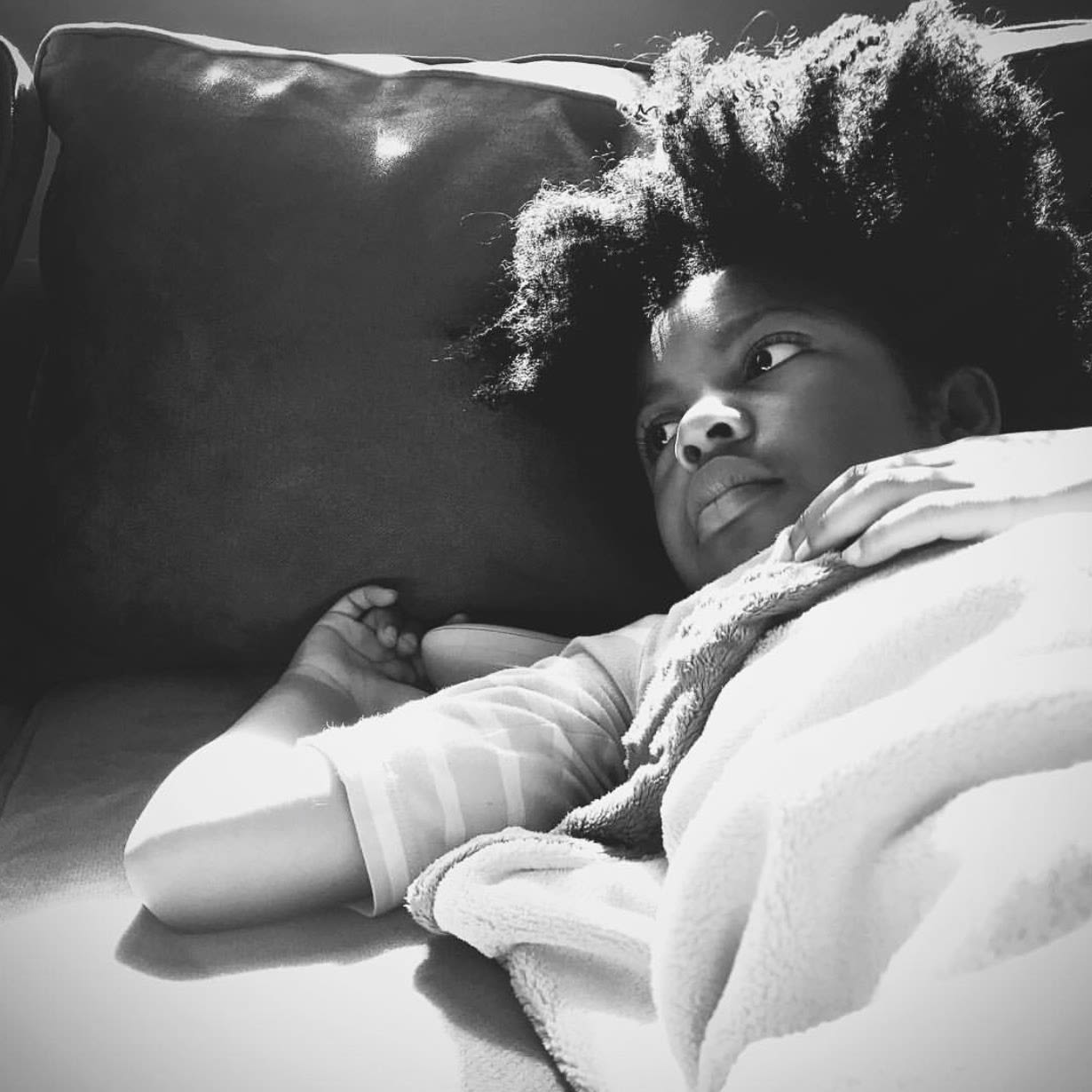
Image courtesy of Torres-Figueroa
Image courtesy of Torres-Figueroa
How do you navigate maintaining several different roles?
One of the biggest misunderstandings about interdisciplinary art practices is that there is a lack of consistency and clear goals. [But] all these practices are interconnected. I arrive at my art studio, the classroom, or the collection deposit with the same intention: observing and analyzing how things connect to each other and their historical context. Interdisciplinary art focuses on and elevates the creative process.
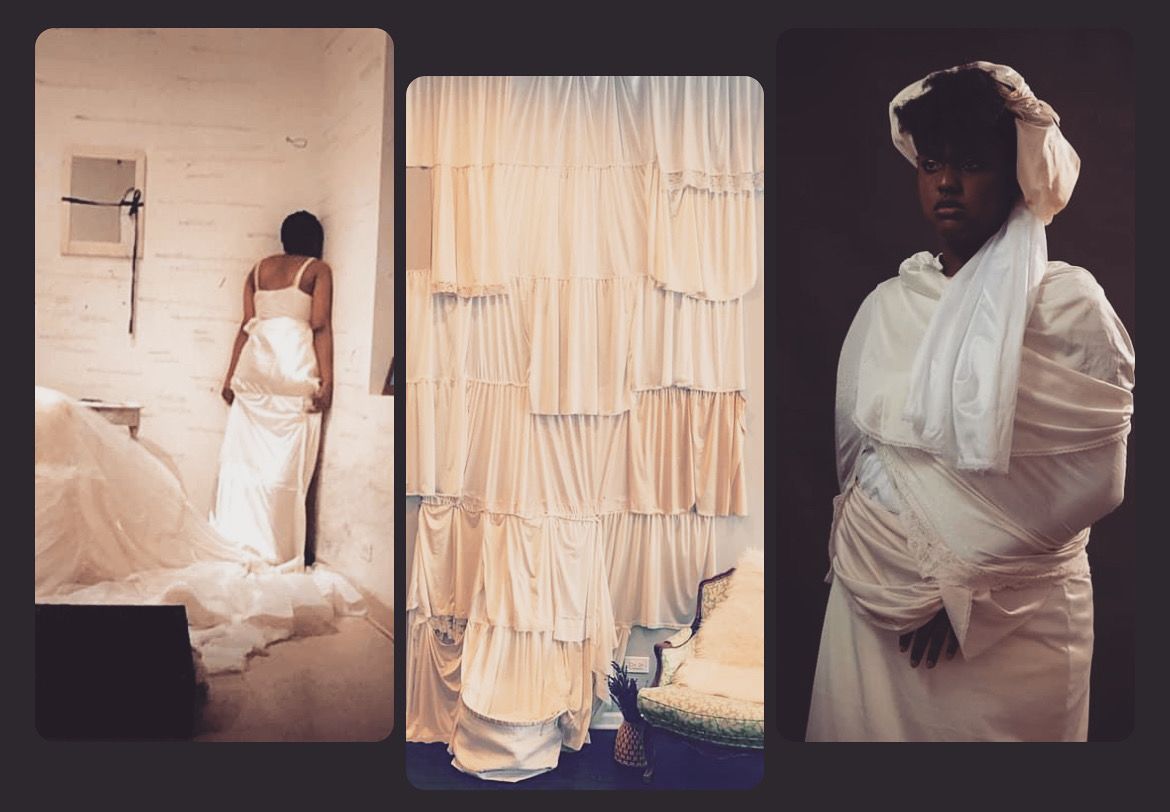
Brenda Torres-Figueroa, Refuge. Image courtesy of the artist
Brenda Torres-Figueroa, Refuge. Image courtesy of the artist
What advice would you give to someone interested in exploring various art forms or roles within the art world?
Understand and embrace who you are and where you come from. Honor those who came before you and do not be afraid of reimagining the future within. Take good care of your mind and spirit. Drink water and embrace the possibilities of all types of art. Understand that art is both lightness and darkness and that our materials, processes, and conversations with them are both tools to create and also weapons to disrupt, but also liberate. ■
